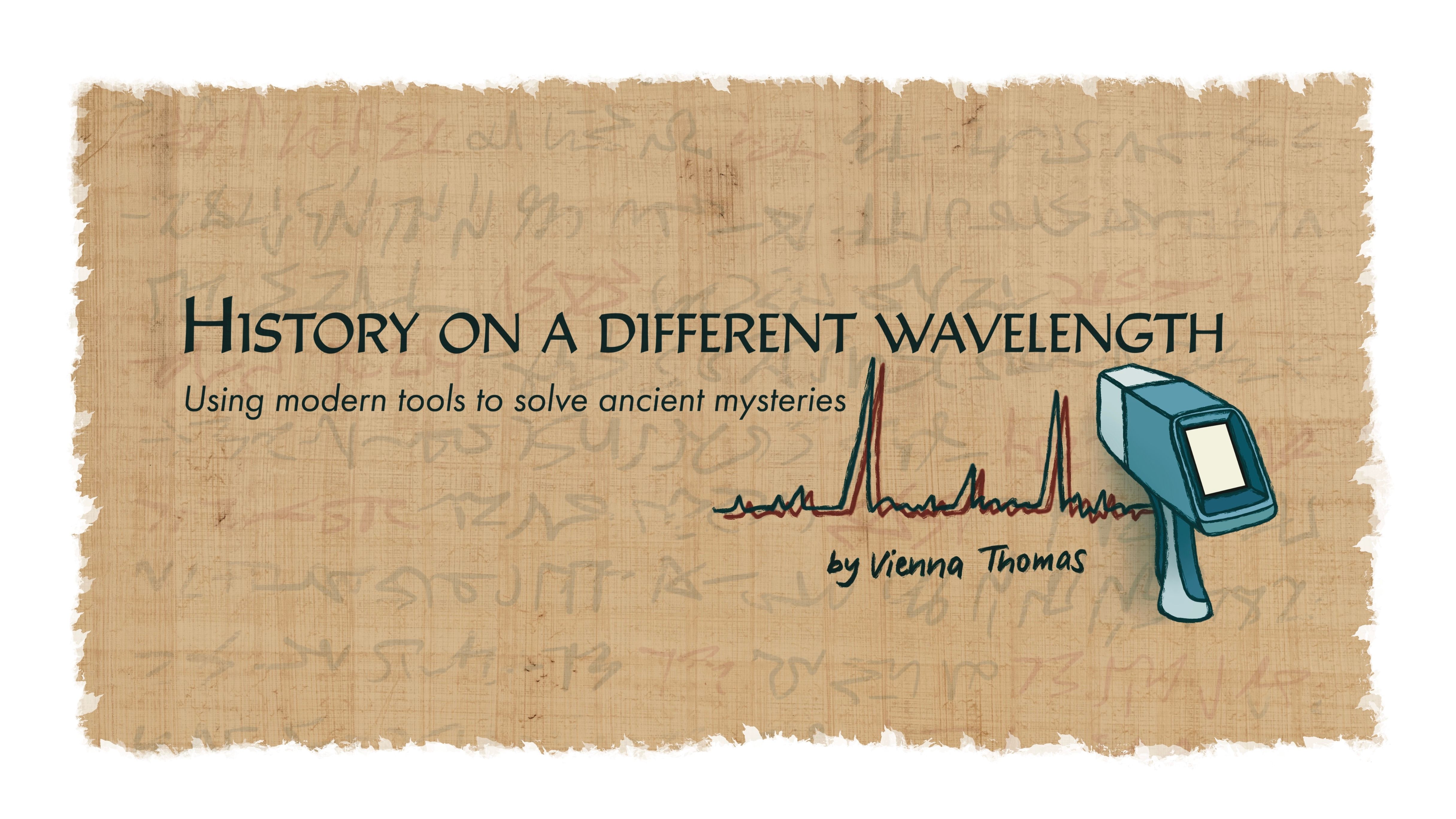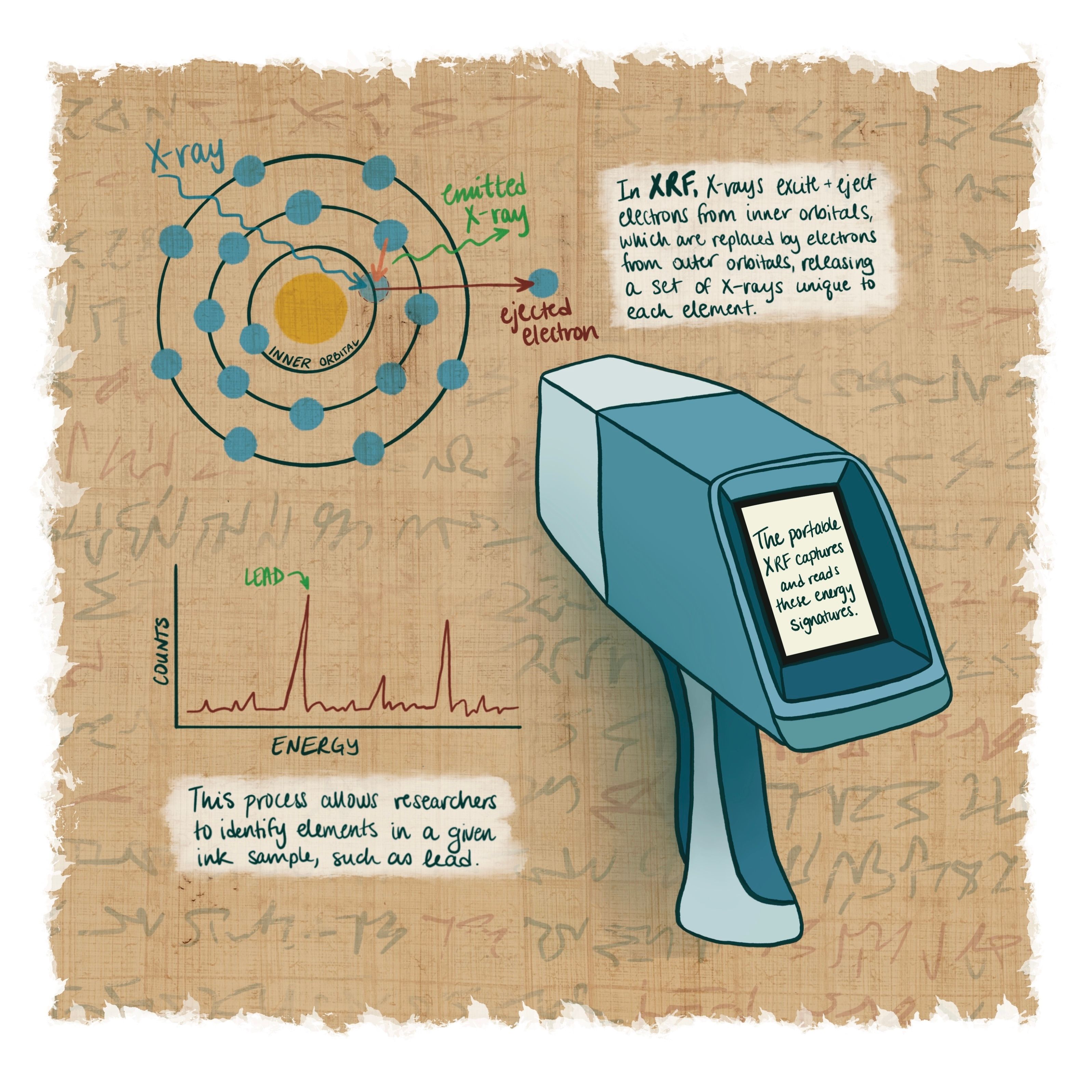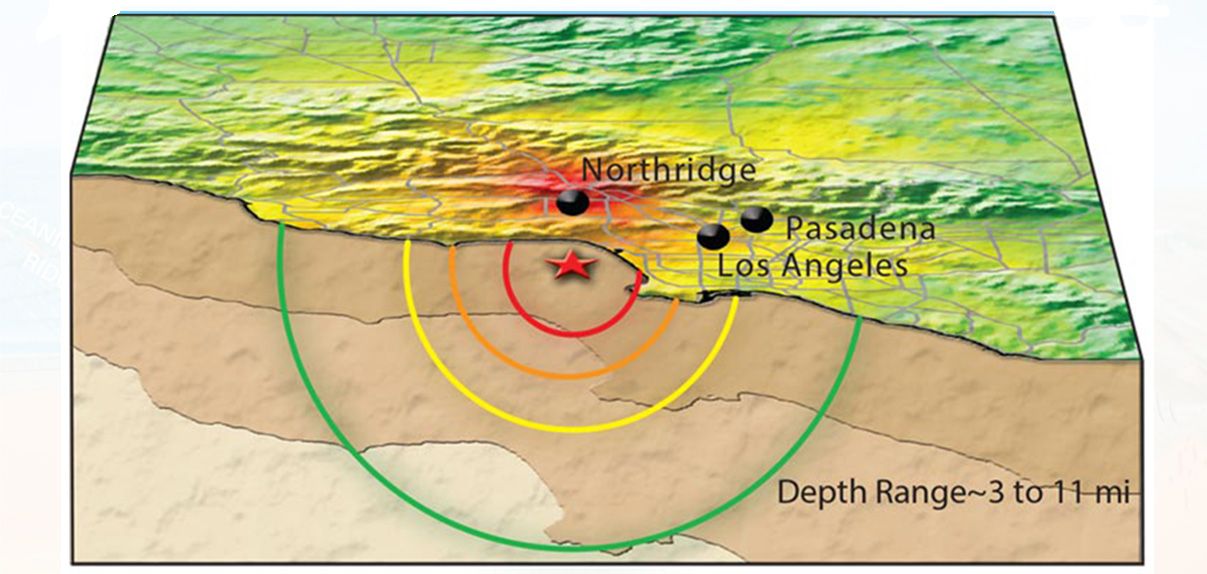History on a different wavelength
Using modern tools to solve ancient mysteries

When most scientists think of analytical instruments, they typically envision large, sensitive devices confined to laboratory basements or countertops. Nuclear magnetic resonance spectroscopy instruments are typically housed in dedicated facilities, mass spectrometers sprawl across benches, and even the analytical balance, the humble workhorse of the lab, seldom sees the outside of a lab once it’s been set up and calibrated. However, when working with ancient artifacts, it’s not always possible to move the sample to the instrument. Some artifacts are too large and heavy, others too old and fragile. Nevertheless, researchers studying them must find ways to interrogate their characteristics.
Leah Packard-Grams, a graduate student at UC Berkeley in the Ancient History and Mediterranean Archaeology graduate group, uses a portable X-ray fluorescence (pXRF) spectrometer to examine ancient Egyptian texts. pXRFs are an incredibly useful tool in the analysis of ancient artifacts because they are portable, easy to use, and nondestructive to the sample. XRF spectroscopy works by irradiating a sample with X-rays. The X-rays interact with atoms in the sample by exciting electrons from inner orbitals, causing the electrons to be ejected. This is not a stable configuration for the atom, so stability is restored through the transfer of a higher energy electron into a lower energy orbital, which releases energy in the form of a fluorescent X-ray. Different elements fluoresce at different, known energy frequencies. As a result, measuring fluorescent X-rays using an XRF spectrometer allows researchers to identify elemental fingerprints present in a sample.
Leah recently used pXRF to examine ancient inks on papyri written around 70 BCE, right before the birth of Cleopatra VII. While this time is typically considered to be a period of decline in Egypt, much about the daily lives of Egyptians at that time remains mired in uncertainty. It is understood that during this period, Greek cultural practices and language were already being adopted. These practices included Greek writing implements such as the kalamos, a wooden pen better suited for the straight lines of the Greek alphabet than the soft rushes previously used to write cursive hieroglyphs. The papyri that Leah studied were written by a single scribe using a kalamos who detailed his purchases and personal life. “For instance, one day he recorded ‘the cost of dates for me and my children along the canal,’ as well as the ‘price of cloth for my wife,’” Leah recounts. Intrigued by the characteristics of his writing, Leah investigated inkwells found at the same site, as well as the ink on the papyrus itself, using an XRF.

Prior to Leah’s work, the use of the kalamos pens was only ever associated with a newer ink recipe incorporating lead, which is thought to have helped ink dry faster. However, Leah’s examination of the inkwells with the XRF allowed her to identify two different recipes for ink: one that seemed to include lead and one that did not appear to include lead. Her studies have shed light upon the changing technological developments within scribal culture and habits during this period of cultural flux. Beyond her project, understanding the chemical composition of such inks allows for more precise evaluation during later analyses, revealing detail in ancient texts. Many of these texts are old enough that the visible components of ink have degraded, and it’s only possible to decipher seemingly blank sheets of papyri using scientifically aided detection methods to find lingering traces of known ink components. Leah reflects that “the portable XRF was easy to use and provided immediate results. The ink on the papyri was irradiated for 30 to 60 seconds, and the results appeared on the viewscreen immediately.” To conduct this investigation, she had to obtain permission from the curator and director of collections, and she believes that “the fact that pXRF is non-destructive and could be conducted in the collections made it accessible. We don’t want to take these fragile papyri out of their climate-controlled vault or risk damaging them, so bringing the equipment to the collections was much preferred.”
Archaeology isn’t the only area where portable instrumentation has come in handy. Portable Fourier transform infrared (FTIR) spectrometers are widely used by first responders to help identify unknown materials in chemical spills, at dumping sites, or during arson investigations. Portable Raman spectrometers are frequently used in the field of art conservation, where they help curators determine whether an artwork is suitable for restoration and can even detect forgery. By enabling nondestructive, onsite analysis, these portable technologies are not only preserving the past but also shaping the future of discovery and research.
This article is part of the Spring 2025 issue.




